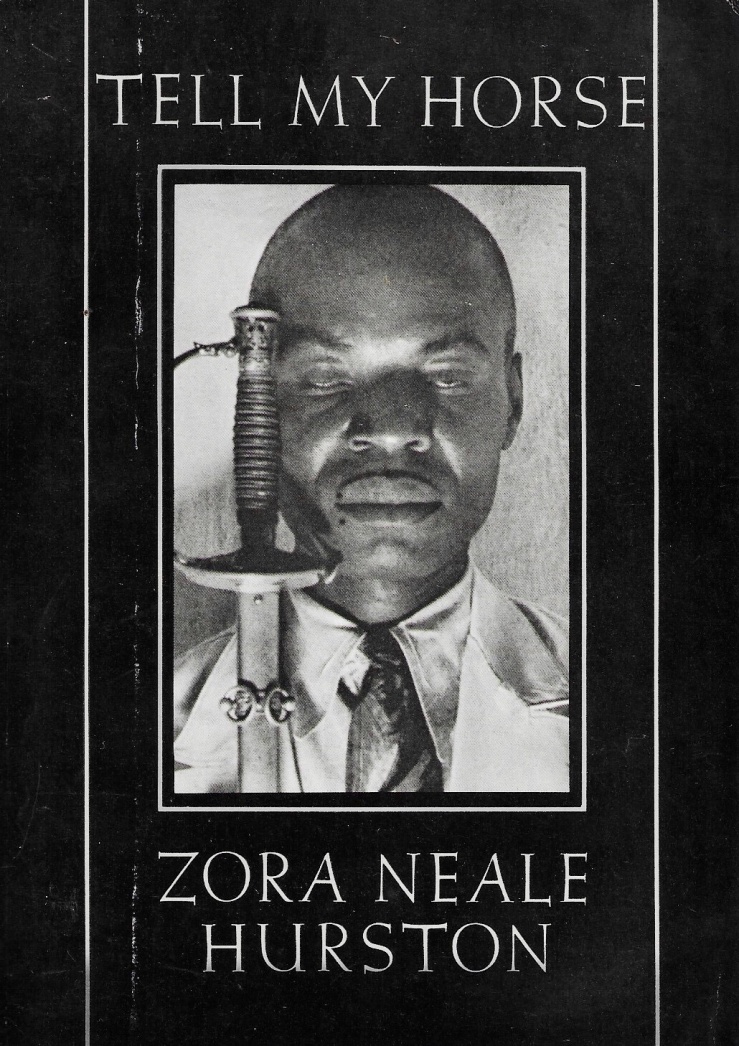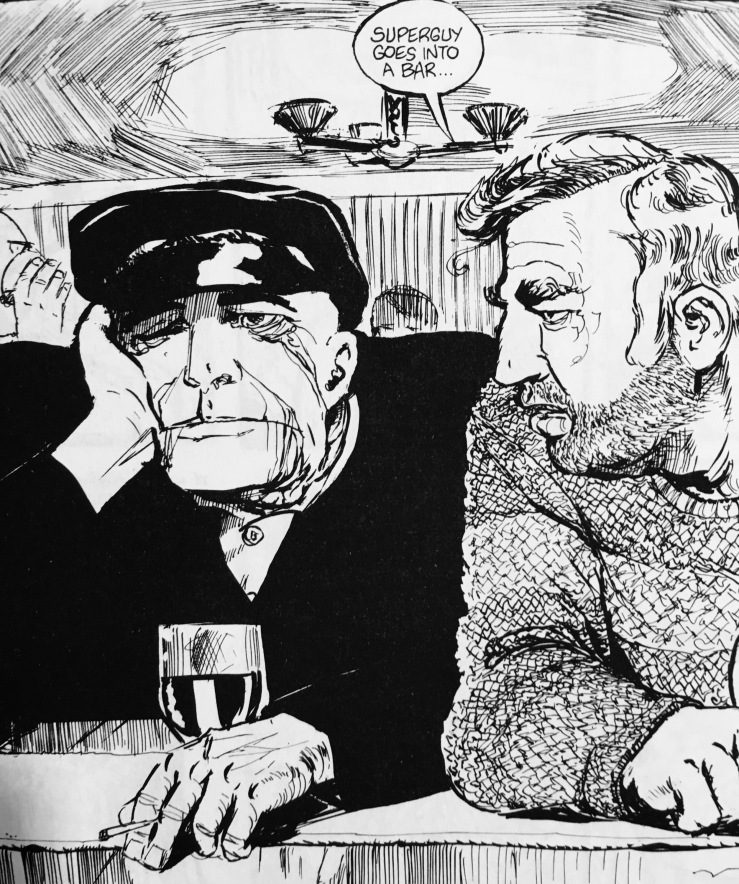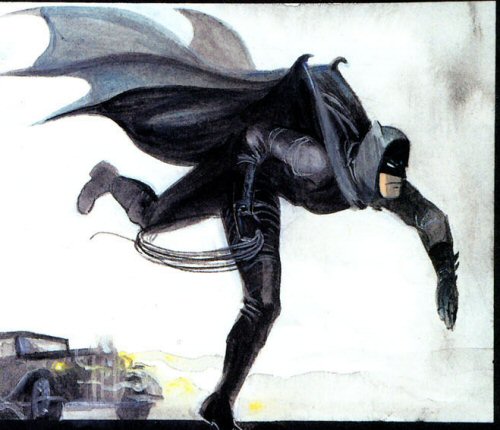Eddie Campbell’s book Alec: How to Be an Artist (Eddie Campbell Comics, 2001) covers the “rise and fall of the graphic” over the course of a few decades. Alec combines memoir with art history and art criticism, all told through scratchy inks and spidery lettering (and plenty of pastiche–Campbell literally pastes the work of other comic artists of the last century throughout the book, along with “serious” artwork ). While Campbell’s autobiographical stand-in “Alec MacGarry” is obviously central to the story, other figures loom here, including Bill Sienkiewicz (“Billy the Sink”), Art Spiegelman, Stephen Bissette, Dave Sim, Eastman and Laird—and especially Campbell’s From Hell partner, Alan Moore.
How to Be an Artist offers a fascinating and personal look at the time before (and immediately after) comic books reached a tipping point into (gasp!) serious artistic respectability. Witty, warm, and occasionally cruel, Campbell’s book explores the intersection of commerce and art in a very particular place and a very particular time.
The book was especially revelatory for me, I suppose: I transitioned from super hero comics to, like comix in the early nineties, a transition helped by works championed in How to Be an Artist, like Neil Gaiman and Dave McKean’s Sandman books and Dave Sim’s Cerebus. Indeed, the backpages of Cerebus in the late eighties and early nineties operated like a long messy ranty meditation on the theme of “How to be an (independent, successful, self-publishing) artist”—and it was also in the backpages of an issue of Cerebus that I first saw Campbell’s work (the prologue of From Hell was published in Cerebus #124).
How to Be an Artist’s final chapter sees Campbell offer up a canon of “graphic novels” from 1977 to 2001 (I’ve typed out the full list at the bottom of this post). Campbell (or, properly, Campbell’s persona Alec) begins the chapter by dwelling on the problematic term “graphic novel”:

After resolving to use the term, despite whatever problems might be attached to it, Campbell goes on to point out that, after the success of works like Watchmen and Maus, a glut of so-called “graphic novels” flooded the market place. He then goes about naming the best, those works that represent a “worthwhile phase in the human cultural continuum”:

The list is organized semi-chronologically; Campbell groups works in a series together, as with Will Eisner’s Dropsie Ave books. Here’s the first page of the canon, to give you an idea of its form and layout (note that the list, like the entire book, is written in the future tense):

I’ve never read When the Wind Blows.
I’ve also never read, to my shame, the unfinished project Big Numbers (by Alan Moore and Bill Sienkiewicz). Campbell details the drama surrounding why the project was never finished in How to Be an Artist. I’ll have to track it down.

Campbell includes a trio of Love & Rockets novels. Poison River is the first one I read. I was a junior in high school; I checked it out from the public library. Somehow my mother saw it, flicked through it, and was mortified.

Campbell seems to split the difference on Dave Sim’s Cerebus, including critical favorite Jaka’s Story along with the later novel Going Home (which sees Sim trying to reign in the project and steer it toward a conclusion). (Nobody asked me but I would’ve included Church & State and Church & State II).

Joe Sacco’s comix-journalism is excellent, and Campbell includes both Palestine and Safe Area Gorazde. These “graphic novels” (they aren’t really graphic novels, except that they are) expanded what was possible not just in comics, but also in journalism.

From Hell isn’t the only one of his own works that Campbell includes on his list—he also includes another Alec novel, The King of Canute Crowd. I love the gesture—an artist fully assured of the qualities in his best work. For the record, if pressed to name “the best graphic novel” I would probably immediately say, “Oh, it’s From Hell of course” (and then hem and haw and hedge, bringing up Chris Ware’s Building Stories, the first half of Sim’s Cerebus project, David Mazzucchelli’s Asterios Polyp, Love & Rockets, etc.).

Chris Ware’s Jimmy Corrigan shows up on the list, of course. I’m sure Building Stories would be on here too—along with dozens of others—if the list were updated. Indeed, Campbell’s canon (my term, not his), ends with this disclaimer:

Here’s the full list:
A Contract with God, Will Eisner, 1977
A Life Force, Will Eisner, 1985
The Dreamer, Will Eisner, 1986/1991
Dropsie Avenue, Will Eisner, 1995
Tantrum, Jules Feiffer, 1979
When the Wind Blows, Raymond Briggs, 1982
Maus, Art Spiegleman, 1991
V for Vendetta, Alan Moore and David Lloyd, 1988
Watchmen, Alan Moore and Dave Gibbons, 1988
Big Numbers, Alan Moore and Bill Sienkiewicz, 1990
The Death of Speedy, Jaime Hernandez, 1989
Blood of Palomar, Gilbert Hernandez, 1989
Poison River, Gilbert Hernandez, 1994
Jaka’s Story, Dave Sim and Gerhard, 1990
Going Home, Dave Sim and Gerhard, 1999
Alec: The King Canute Crowd, 1990
The New Adventures of Hitler, Grant Morrison and Steve Yeowell, 1990
The Cowboy Wally Show, Kyle Baker, 1987
Why I Hate Saturn, Kyle Baker, 1990
Violent Cases, Neil Gaiman and Dave McKean, 1987
Signal to Noise, Neil Gaiman and Dave McKean, 1992
Mr. Punch, Neil Gaiman and Dave McKean, 1995
Casanova’s Last Stand, Hunt Emerson, 1993
Tale of One Bad Rat, Bryan Talbot, 1995
City of Glass, Paul Auster/David Mazzucchelli, 1994
The Playboy/I Never Liked You, Chester Brown, 1991/1994
Stuck Rubber Baby, Howard Cruse, 1995
Palestine, Joe Sacco, 1996
Safe Area Gorazde, Joe Sacco, 2000
Ghost World, Daniel Clowes, 1997/2000
It’s a Good Life If You Don’t Weaken, Seth, 1997
Ethel and Ernest, Raymond Briggs, 1998
Gemma Bovery, Posy Simmonds, 1999
Cages, Dave McKean, 1998
Uncle Sam, Steve Darnall and Alex Ross, 1998
From Hell, Alan Moore and Eddie Campbell, 1999
Hicksville, Dylan Horrocks, 1998
The Jew of New York, Ben Katchor, 1998
Jimmy Corrigan, the Smartest Kid on Earth, Chris Ware, 2001
Goodbye, Chunky Rice, Craig Thompson, 1999
Dear Julia, Brian Biggs, 2000
Berlin, Jason Lutes, 2001





















 The first time I saw Campbell’s art I was shocked. I was 12 or 13—it was in a back issue of Cerebus which I had bought in the comic shop next to the music store where I took trombone lessons (don’t ask)—so, being 12 or 13, I was still capable of shock. Dave Sim had printed (or reprinted?) the prologue, or part of the prologue, from
The first time I saw Campbell’s art I was shocked. I was 12 or 13—it was in a back issue of Cerebus which I had bought in the comic shop next to the music store where I took trombone lessons (don’t ask)—so, being 12 or 13, I was still capable of shock. Dave Sim had printed (or reprinted?) the prologue, or part of the prologue, from 





